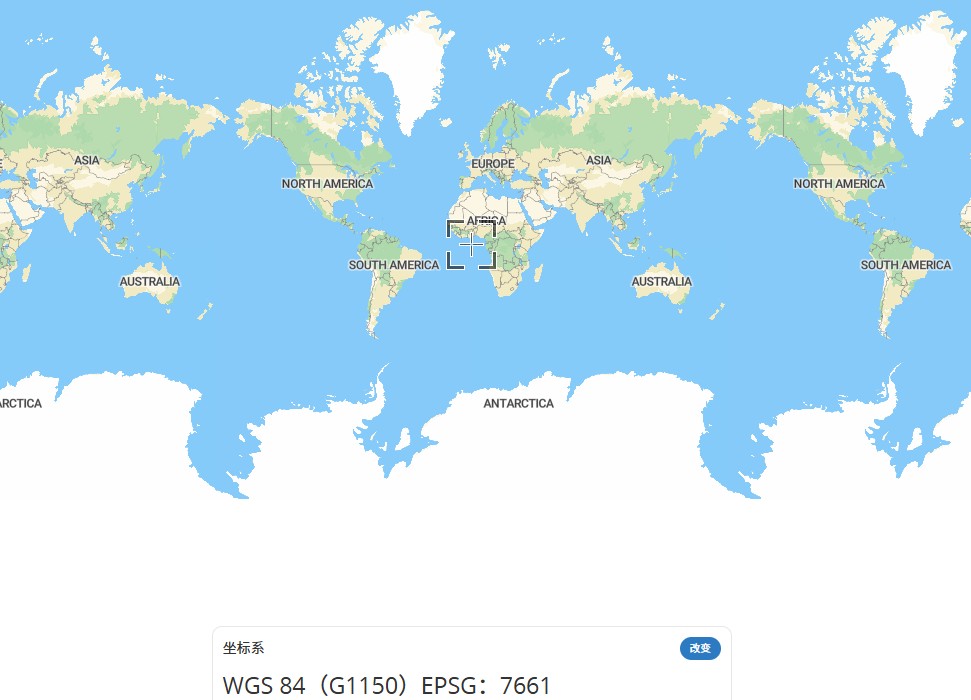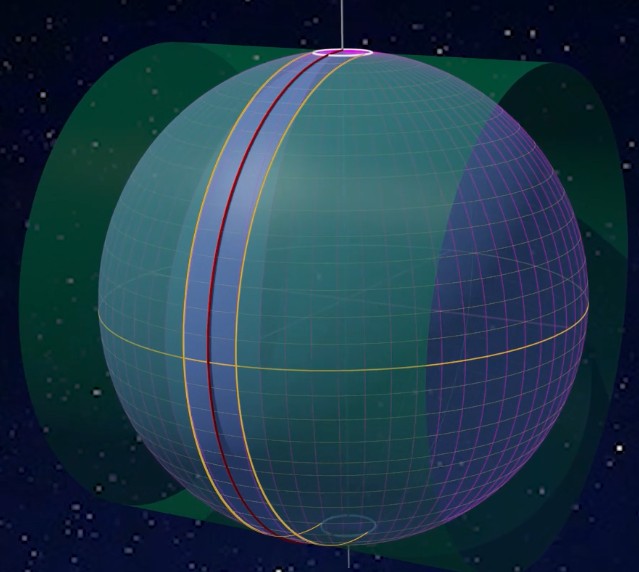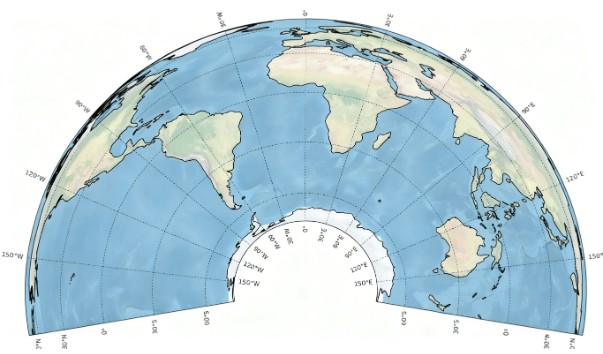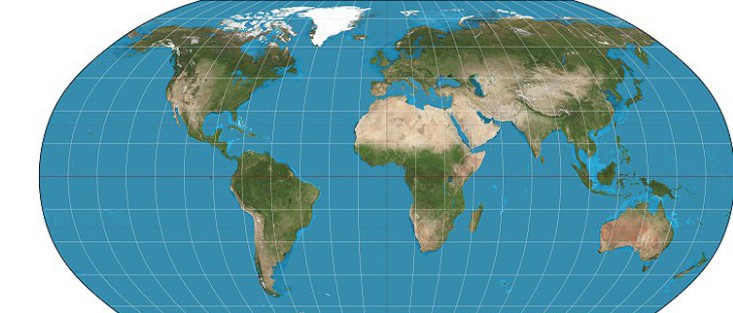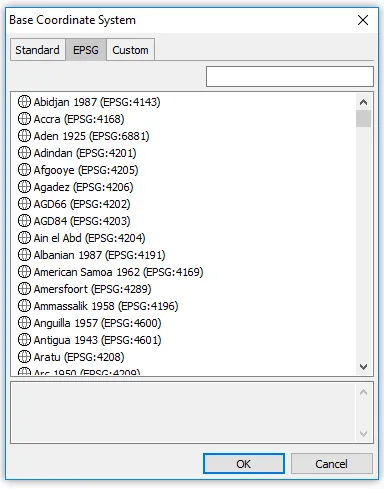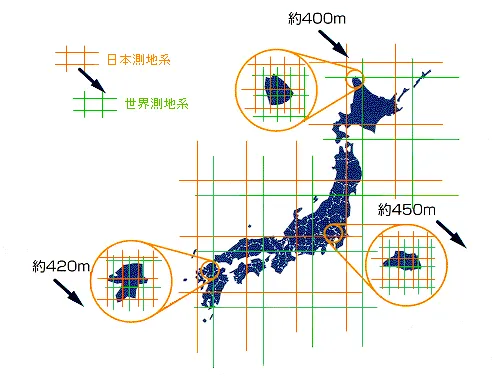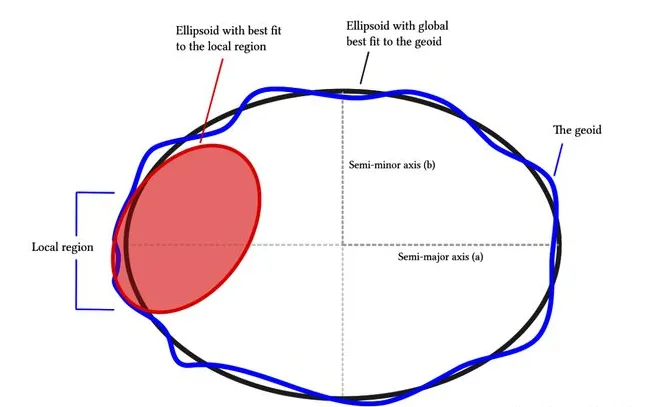DGN95 (Datum Geodesi Nasional 1995 | EPSG:4755)
DGN95 (Datum Geodesi Nasional 1995) is a geographic coordinate reference system officially adopted by the Indonesian government in 1995 and is used as the surveying and geographic information infrastructure throughout Indonesia. Its EPSG code is designated as 4755 and was designed to suit Indonesia's geographic characteristics and geodetic requirements. DGN95 is based on the international geodetic standard ITRF1992 (International Terrestrial Reference Frame 1992) and is the national standard to ensure uniformity in surveying and highly accurate location information.
2025-11-05 14:47:17NZGD2000 (New Zealand Geodetic Datum 2000 | EPSG:4167)
NZGD2000 (New Zealand Geodetic Datum 2000) is the New Zealand 2000 geodetic datum, which is the current national geodetic coordinate system of New Zealand. It is used to define the reference framework of the country's geospatial data and plays an important role in surveying and mapping, geographic information, engineering and other fields.
2025-11-05 14:46:27Compound CRS
A Compound CRS achieves unified representation of multi-dimensional spatial data by combining multiple coordinate reference systems (CRS). For example, it integrates a planar coordinate system (e.g., EPSG:7661) with an elevation system (e.g., EPSG:3855) to form a complete "planar + elevation" spatial description. Its core features include ensuring consistency between horizontal and vertical coordinate systems through associated parameters (such as ellipsoids and datums), making it suitable for fields requiring simultaneous expression of planar positions and elevations, such as terrain modeling and 3D GIS analysis. Technically, a Compound CRS typically comprises a horizontal CRS and a vertical CRS, unified through nested or associated parameters.
2025-11-24 16:19:55UTM Zone (Universal Transverse Mercator Coordinate System)
UTM Zone (Universal Transverse Mercator Coordinate System) is a coordinate system that converts latitude and longitude coordinates on the Earth's surface into a planar Cartesian coordinate system. It is widely used in map creation, engineering surveying, and military applications. Its core principle involves reducing distortion through zonal projection and achieving high-precision positioning through standardized coordinate representation.
2025-11-24 15:52:38Albers Equal-area Conic Projection
Albers equal-area conic projection is an equal-area conic projection that utilizes two standard parallels. Compared to projections with only one standard parallel, this approach helps reduce distortion to some extent. It is best suited for mapping large continental areas extending predominantly in an east-west direction in the mid-latitudes and is commonly used for maps of the contiguous United States, Europe, and Australia.
2025-11-24 16:12:02Robinson Projection
Robinson projection is a widely used map projection method developed since the 1960s, designed to represent the entire world on a single map. It seeks a practical compromise for displaying the whole Earth on a flat surface. Introduced in 1963 by Dr. Arthur H. Robinson, this projection features straight latitude lines and evenly spaced meridians, classifying it as a pseudocylindrical projection. While the central meridian is straight, all other meridians are curved. Robinson defined this projection by constructing a lookup table of Cartesian coordinates through specific interpolation of latitudes and longitudes, rather than using mathematical formulas.
2025-11-24 16:09:04Robinson Projection
Mercator projection is a conformal tangent cylindrical projection devised by the Flemish cartographer Gerardus Mercator in 1569. It conceptually projects the Earth's surface onto a cylinder tangent at the equator, with a light source at the Earth's center casting surface features onto the cylinder. When unrolled, this creates a world map with the standard parallel at zero degrees (the equator).
2025-11-24 16:01:13Amersfoort (EPSG:4289)
**Amersfoort (EPSG:4289) **is a widely used geographic coordinate system in the Netherlands, using Bessel 1841 as the base ellipsoid, with the geodetic base point at Amersfoort. This coordinate system has long played an important role in land surveying, mapping, and infrastructure development in the Netherlands. EPSG:4289 uses geographic coordinates (latitude and longitude), making it suitable for expressing wide-area location information on the Earth’s surface.
2025-09-16 14:47:11JGD2000 (Japanese Geodetic Datum 2000 | EPSG:4612)
JGD2000 is the national surveying system of Japan officially adopted by the Geospatial Information Authority of Japan in April 2002, replacing the previous “Tokyo Datum”. The main purpose of its introduction is to enhance the coordination with the global GPS coordinate system. JGD2000 is based on the geocentric coordinate system (ITRF: International Terrestrial Reference Frame) with the center of the earth as the origin, thus achieving higher-precision measurement and GIS analysis capabilities.
2025-09-16 14:47:09Projected Coordinate System
A projected coordinate system is a plane coordinate system whose map units are usually meters or kilometers. It is obtained from the projection of the earth’s approximate ellipsoid and corresponds to a geographic coordinate system. A projected coordinate system uses a coordinate system based on X and Y values to describe the location of a point on the earth.
2025-09-16 14:47:05
 Service
Service

_1762325275914.png)
_1762325218130.png)
